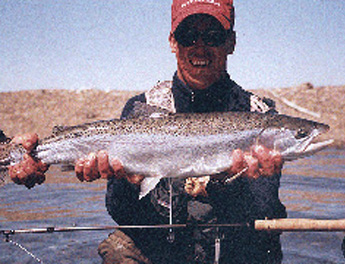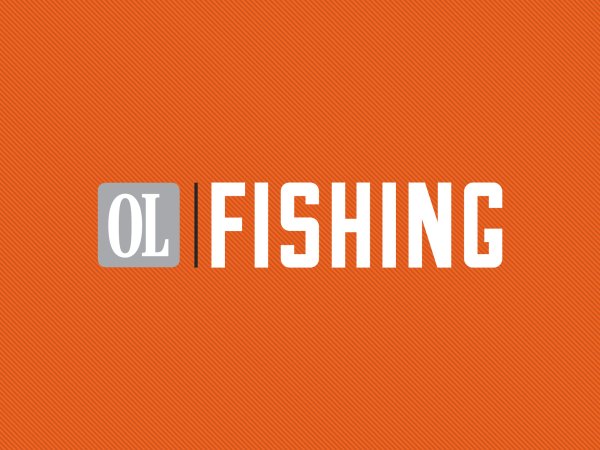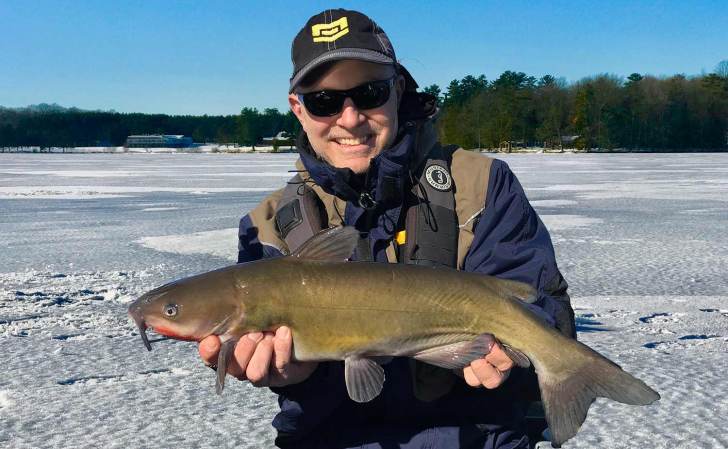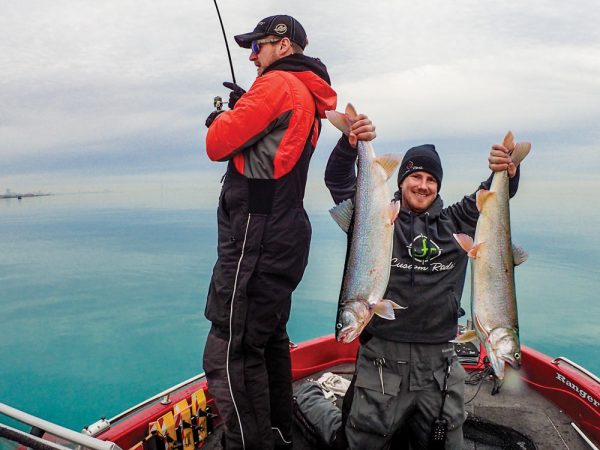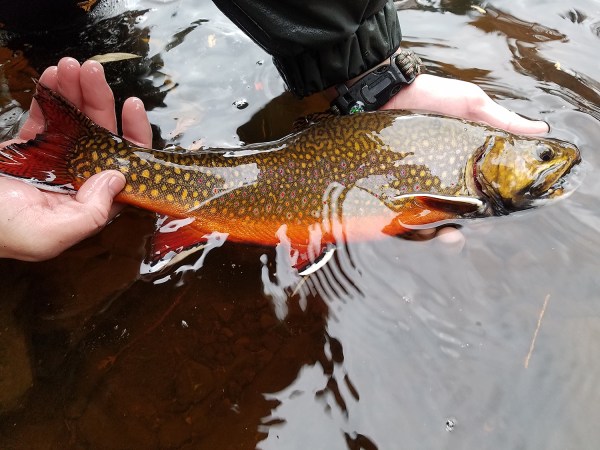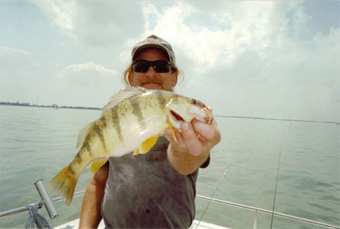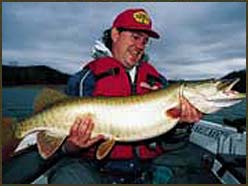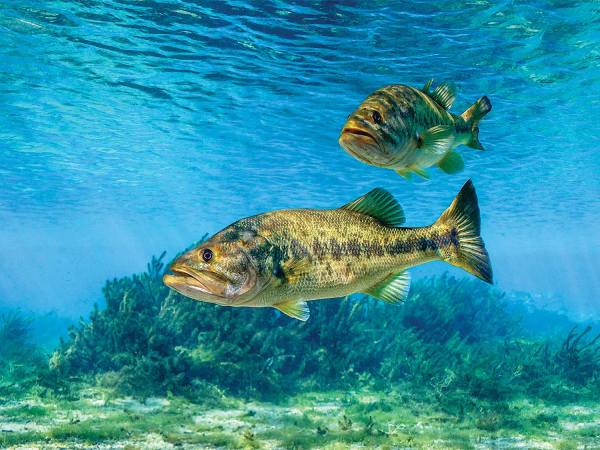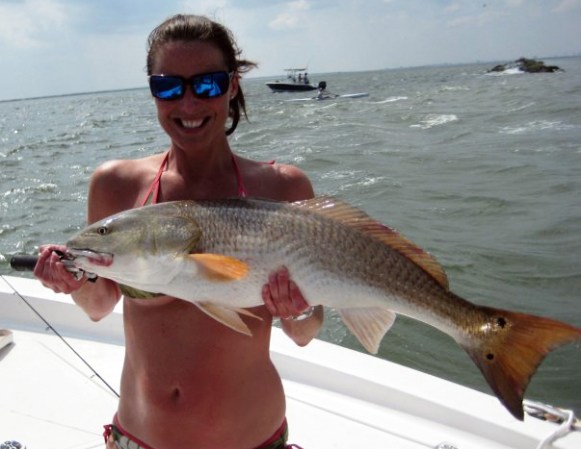My friend had expertly whipped a huge rainbow trout by enticing it to take a tiny dry fly, and he smiled broadly as he deftly led the exhausted fish to shore. Carefully cradling the fish in his arms, he looked up at me.
“Should I release it?” he asked.
“Up to you, pal,” I answered. “It’s either fresh fish for dinner or more of my frozen delight.”
We were on the fifth day of an elk hunt, so I wasn’t surprised when my friend tossed the fish in the grass. He and I both had grown a little weary of my “freezer” meals, despite my renowned skills at such delicacies as venison stew and elk chili. We were ready for a fresh dinner.
When we walked back to my pickup, we passed a vehicle whose lone occupant had watched my buddy battle the fish.
“What a beautiful trout,” the man said. “It’ll look great on your wall.”
My friend hesitated and then said, “I’m not having it mounted.”
The stranger’s smile faded, and he suddenly became hostile. “You mean you’re going to eat that fish?” he scowled.
I won’t repeat the ensuing conversation, but you can be sure I had something to say to that person, who considered it okay to kill a fish so it could be displayed but was horrified to hear that it was going to be eaten.
My pal, who is in his late 20s, is an accomplished outdoorsman. An exceptional hunter, shooter and angler, he is generally upbeat and unassuming. But now I could see that he was deeply disturbed by the stranger’s comments. “Maybe I should have let the trout go,” he said as we drove to camp.
“Don’t beat yourself up,” I said. I asked him what the difference was between killing that fish or killing an elk. The trout in that lake were stocked and couldn’t reproduce. The law allows a one-fish limit. In my opinion, the man was upset because the trout was removed from the lake, depriving him or someone else of the opportunity to catch it again.
On another occasion, a buddy and his two sons came to fish with me. As we prepared to leave the house, I joked that we’d better be successful or dinner would be mighty slim that evening.
My friend grimaced and said, “Uh, the boys don’t kill trout.”
“Not a problem,” I responded. “We’ll just cook up a few moose steaks.”
They liked that prospect.
When we neared the river, I directed them to a good hole and told them they’d probably catch a bunch of whitefish, considered vermin by most trout fishermen.
“Save ’em for my smoker,” I said. “They’re fantastic.”
When we met up after a few hours of fishing, we compared notes. The boys had caught a bunch of trout and whitefish. When I asked where the latter were, they shrugged and said they’d tossed them back, too.
“They don’t like killing any fish,” their dad told me privately.
During dinner that night, the trio related their plans to hunt pheasants, chukar and grouse in the upcoming weeks. We talked about guns, loads, dogs and everything else associated with bird hunting. I couldn’t help but think about their double standard regarding fish.
A Moral Dilemma
The catch-and-release mind-set in this country has become widely accepted over the last couple of decades, thanks largely to television shows in which hosts release everything from carp to crappies. The message is clear: Turn loose anything that swims, because that’s the morally correct thing to do, even in situations where biologists have determined that it’s okay to keep a limited number of fish.
Another reason is that some anglers are so oriented toward “good” fish that they’ll kill “bad” fish because they’re competitive. Last year, while fishing a popular river in Montana where trout must be released, I watched an angler toss a whitefish up on the bank and continue downstream in his drift boat. Obviously, the man was being selective, thinking was helping the trout population. I was amazed at this attitude. The whitefish were in fact “wilder” than the trout they shared the water with. Whitefish were native, having lived in the river for millions of years; rainbows and browns were stocked there from distant regions. Whitefish must overcome enormous odds to survive from egg to adult stage, just as wild trout do. But because they don’t have the pizzazz and glamour of trout, they’re resented.
I like to eat fish. That said, I have no problem releasing them if it’s necessary to ensure their survival in a particular body of water. For example, there’s a stream I fish that has a wild population of trout. No fish are stocked; all are naturally propagated. The law allows a three-fish limit in this stream, and the stream is closed to fishing for a few months annually to allow trout to spawn undisturbed by anglers.
Of late, a drought has reduced the stream flow considerably. The state wildlife agency didn’t declare a temporary catch-and-release measure but suggested voluntary restraint, where anglers turn fish back. I had no problem with that. In fact, during normal years I’ll release fish that haven’t finished spawning. But-and here’s an important point-when fish are done laying eggs, why do I feel guilty about keeping a trout for dinner? That bothers me, because on the one hand the fishery experts say it’s okay to kill three fish, but the catch-and-release mentality has been so pervasive that it’s crept into my own conscience.
Serial Killers
I find it particularly incomprehensible and outrageous when a TV fishing host releases a fatally wounded fish. Recently I watched an angler lift a big lake trout for the camera. A trickle of blood flowed from its gills, but the man released it anyway, although the trout was destined to die and it was legal to keep one fish. Any wound to the incredibly complex gills, no matter how slight, is fatal.
How many times have you seen a TV hero hold up a heavy northern pike by the gill flap and display it for the camera? Or a bass angler who has a lip lock on a fish and tilts the head forward in a “jawbreaker” grip so the camera can get a better look? Without a doubt, there are ways to properly handle and release fish. Television hosts should be role models.
Biologists agree that 5 to 10 percent of the trout released will die, because of either stress, a hook wound or improper handling. Anglers who allow fish to flop around on rocks, or remove the protective coating from the fish’s skin through excessive handling, make it more likely that the released fish will die. Some people are too aggressive when attempting to unhook fish, squeezing them too tightly or injuring their gills. I once stood on a bridge and watched several anglers catch and release two dozen trout. Caught on spinners, at least four of the released fish bounced along the bed of the stream upside down, struggling to right themselves. None did while they were in my view for 20 yards or more.
Even properly released fish might die. Stress during the battle can weaken and subsequently kill fish. According to Dick Oswald, a biologist for the Montana Department of Fish, Wildlife and Parks, elevated water temperatures because of low flows are critical to trout. In Montana’s legendary Big Hole River, for example, when the water temperature reaches the high 60s, even properly released fish will quickly die. In a recent article in the Billings Gazette, Oswald said fishermen have complained about large numbers of dead trout along the banks of popular angling spots, the fish having died after being released. When these conditions occur, voluntary restraint is usually called for, though the river was completely closed to fishing during the severe droughts of 2000 and 2001.
Improper live storage of fish also contributes to excessive mortality. During the early days of bass tournaments, it wasn’t unusual for many released fish to die. Improvements in livewell technology have considerably improved bass survival rates, but some anglers in smaller tournaments still use antiquated systems. The popularity of tournaments has essentially spiritualized bass to an almost sacred level. While I’m in favor of releasing fish caught for monetary gain in tournaments, the ensuing mind-set vilifies everyone who would dare take a bass home to eat. This is true on small farm ponds and huge reservoirs alike.
Fishing was once a consumptive activity. Now, in some circles, a person who keeps any fish is subject to ridicule. And God help the angler who shows up on a famous trout stream with a creel, even though the law allows a fish or two to be kept. It’s true that many popular waters simply have far too much pressure for the number of available fish, but this doesn’t mean that all catch-and-release everywhere is proper or even necessary.
My fear is that we’re teaching a false sense of “conservation” to youngsters, and it worries me that these attitudes are spilling over into hunting. I’ve just learned about a deer “hunt” where you shoot a big buck with a tranquilizer dart, cut off his antlers and turn him loose to be hunted again the following season. Is hunting ready for “dart and release”? Stay tuned. nts, it wasn’t unusual for many released fish to die. Improvements in livewell technology have considerably improved bass survival rates, but some anglers in smaller tournaments still use antiquated systems. The popularity of tournaments has essentially spiritualized bass to an almost sacred level. While I’m in favor of releasing fish caught for monetary gain in tournaments, the ensuing mind-set vilifies everyone who would dare take a bass home to eat. This is true on small farm ponds and huge reservoirs alike.
Fishing was once a consumptive activity. Now, in some circles, a person who keeps any fish is subject to ridicule. And God help the angler who shows up on a famous trout stream with a creel, even though the law allows a fish or two to be kept. It’s true that many popular waters simply have far too much pressure for the number of available fish, but this doesn’t mean that all catch-and-release everywhere is proper or even necessary.
My fear is that we’re teaching a false sense of “conservation” to youngsters, and it worries me that these attitudes are spilling over into hunting. I’ve just learned about a deer “hunt” where you shoot a big buck with a tranquilizer dart, cut off his antlers and turn him loose to be hunted again the following season. Is hunting ready for “dart and release”? Stay tuned.
